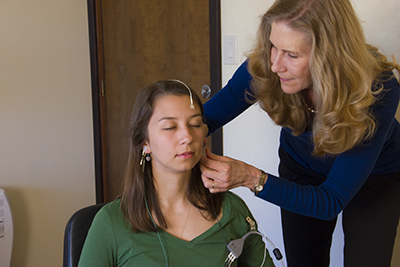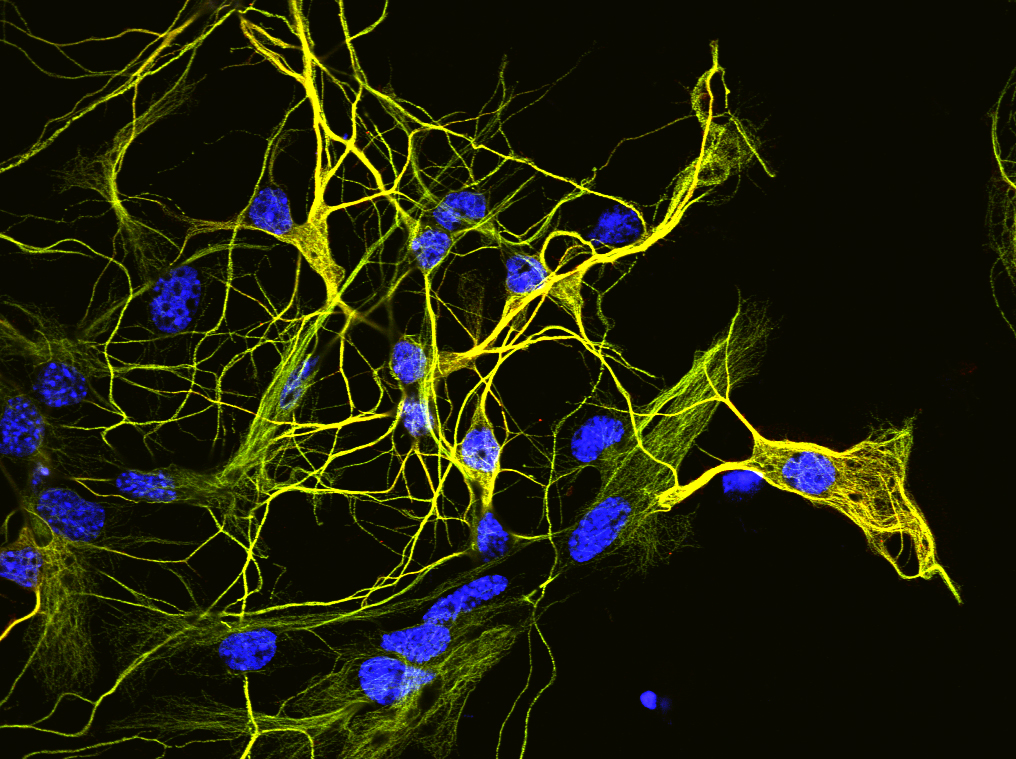Research
Neurofeedback Research
Thousands of studies have documented the success of Neurofeedback over the past 20 years. Most recently, Brain Injury Journal published a University of California San Diego study compared MEG images before and after treatment. “The present study demonstrates, for the first time, the neuroimaging-based documentation of the effect of LIP-tES treatment on brain functioning in mTBI.” Put simply, neurofeedback changes the brain. (See Traumatic Brain Injury study #1 below) All the following research is exclusively about LENS and similar forms of direct echo neurofeedback.
Review Articles
Introduction to LENS by D. Corydon Hammond Ph.D, University of Utah School of Medicine
“This volume introduces the reader to a unique, innovative neurofeedback/neurotherapy technology called the Low Energy Neurofeedback System (LENS). The LENS treatment method has gradually evolved over the past 16 years, primarily through the innovations of Len Ochs, Ph.D. In this volume you will read about the LENS, its historical evolution, and its application in the treatment of a variety of diagnostic problems.”
Clinical Studies
The LENS: A Clinical Outcomes Study by Larsen et al.
“The Low Energy Neurofeedback System (LENS) developed by Dr. Len Ochs (2006a) uses feedback in the form of a radio frequency carrier wave, administered at a positive offset frequency from the person’s own dominant EEG frequency. Although it is an unusual biofeedback procedure, the feedback being invisible and the subject passive, clinical evidence supports the efficacy of the LENS across a spectrum of conditions. Published research studies (Schoenberger, Shifflet, Esty, Ochs, & Matheis, 2001; Donaldson, Sella, & Mueller, 1998; Mueller, Donaldson, Nelson, & Layman, 2001) have shown the effectiveness of the LENS method with traumatic brain injury (TBI) and with fibromyalgia…The study hypotheses were that the LENS treatment would be effective in reducing both systematic symptom ratings and measurements of EEG amplitudes, and that the therapeutic effect would produce the most rapid improvements in early sessions of treatment.”
Other LENS Resources
International Society for Neurofeedback & Research (ISNR)
“ISNR is a non-profit member organization for professionals who are passionate about Neurofeedback Our MISSION is to promote excellence in clinical practice, educational applications, and research in applied neuroscience in order to better understand and enhance brain function. By monitoring brain activity, it’s possible to train our brains to produce specific cognitive patterns which can aid relaxation, help us be more efficient in our daily tasks, or provide non-pharmaceutical therapy for many conditions and disorders. Our members are neurofeedback practitioners and researchers who are driven to promote excellence in clinical practice, educational applications, and research in applied neuroscience in order to better understand and enhance brain function.”
How New Habits of Thinking are Created and Deleted in Brain Cells?
Pictures of live brain cells learning and editing can be seen for the first time by modern science. Here’s how it happens:
Myelination and Memory
If a thought or action is repeated, maintenance cells known as oligodendrocytes notice the pattern is important, and surround the activated neural pathway with fat deposits called myelin. Myelin insulation speeds signals faster through the pathways. It is the brain’s mechanism to preserve memories and learned habits. This video provides a way to consciously visualize the process.
Pruning and Forgetting
Thoughts that are not repeated need to be deleted to make room for reorganization and new behaviors. During childhood, the brain develops many more connections than are needed. Then the unused connections are cleared away, leaving an efficient brain that is shaped by the needs of its environment. The images in this video give neurofeedback clients a picture of how their brain may be eliminating unskillful neuropathways, such as PTSD and anxiety produced by outdated defenses. The image of neuropathways being recycled can be used as a touchstone for people dropping bad habits or looping thoughts.
Neurofeedback Research on Symptoms and Specific Conditions
Understand the Science
Research has demonstrated high levels of safety and efficacy in neurofeedback trials.
The human brain is comprised of approximately 80-100 billion brain cells, called neurons. These neurons interrelate and communicate via electrical signals with one another at junctions called synapses. It is our best guess as scientists, that the pattern of synaptic connections that form in the brain, lends significantly to the emergence of specific brain states, which in-turn account for our most-human of attributes: learning, personality, behavior, pain, emotion, cognition and the list continues. The culmination of these brain states and patterns of neural firing produce measurable electrical wave patterns called brain-waves. Low Energy Neurofeedback (LENS), works by reading these brain waves and generating a customized correlation of electrical signals back to the brain. This “feedback” is understood to cause adaptive disruptions to patterns of neural-firing and may induce healthier, more plastic, brain states according to emerging evidence over the last two decades. Both traditional neurofeedback and LENS have demonstrated efficacy and safety in the treatment of many neurological and psychologically-based conditions.



